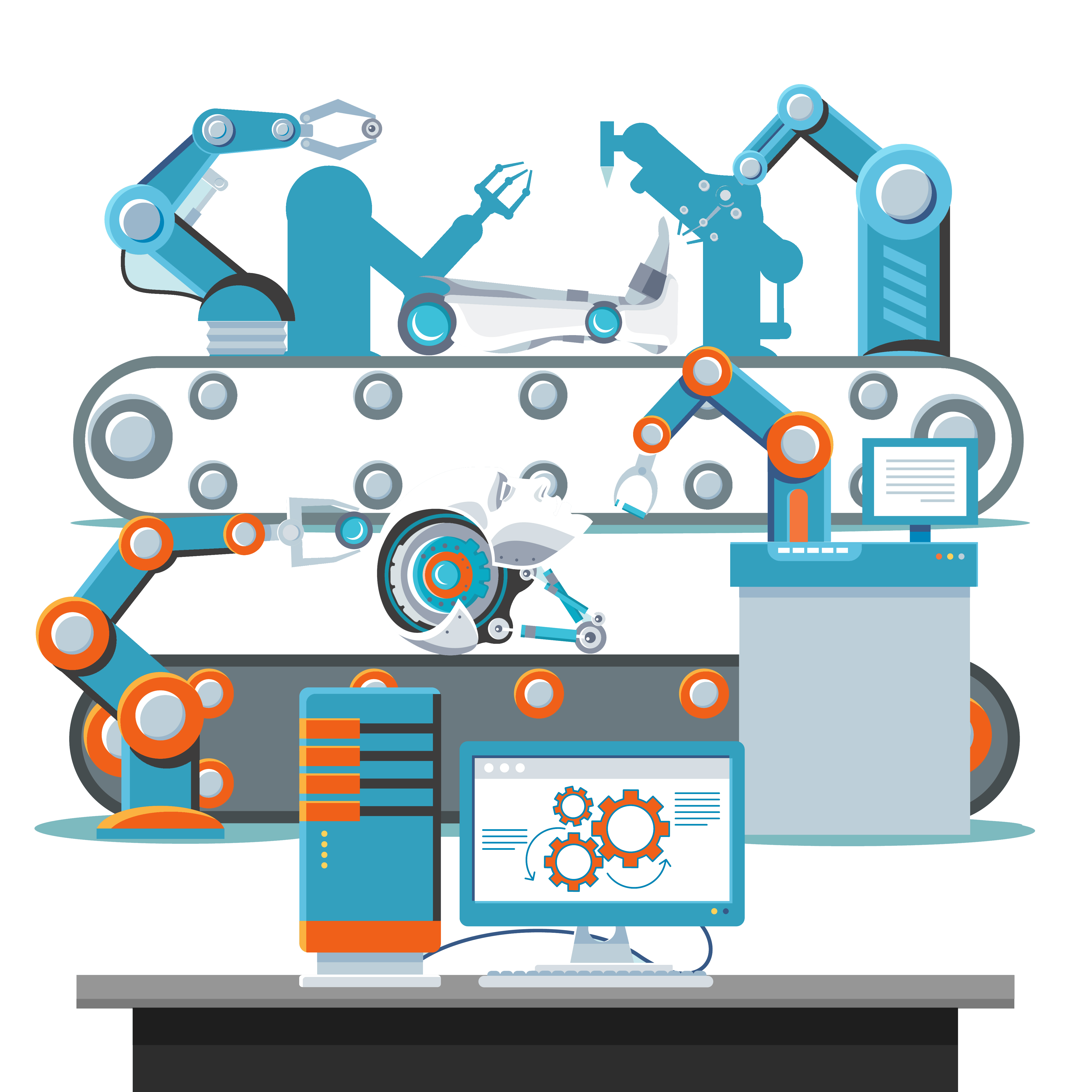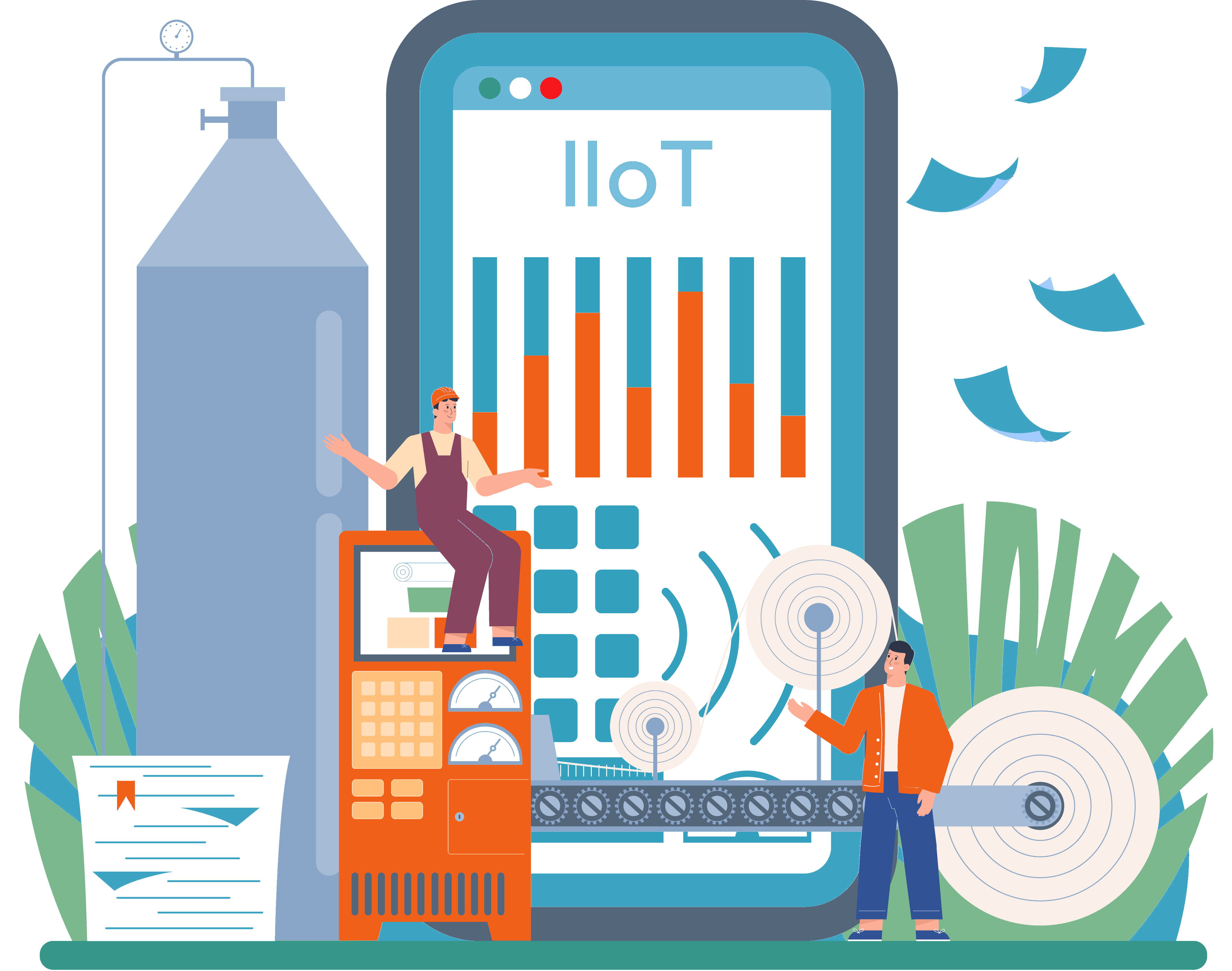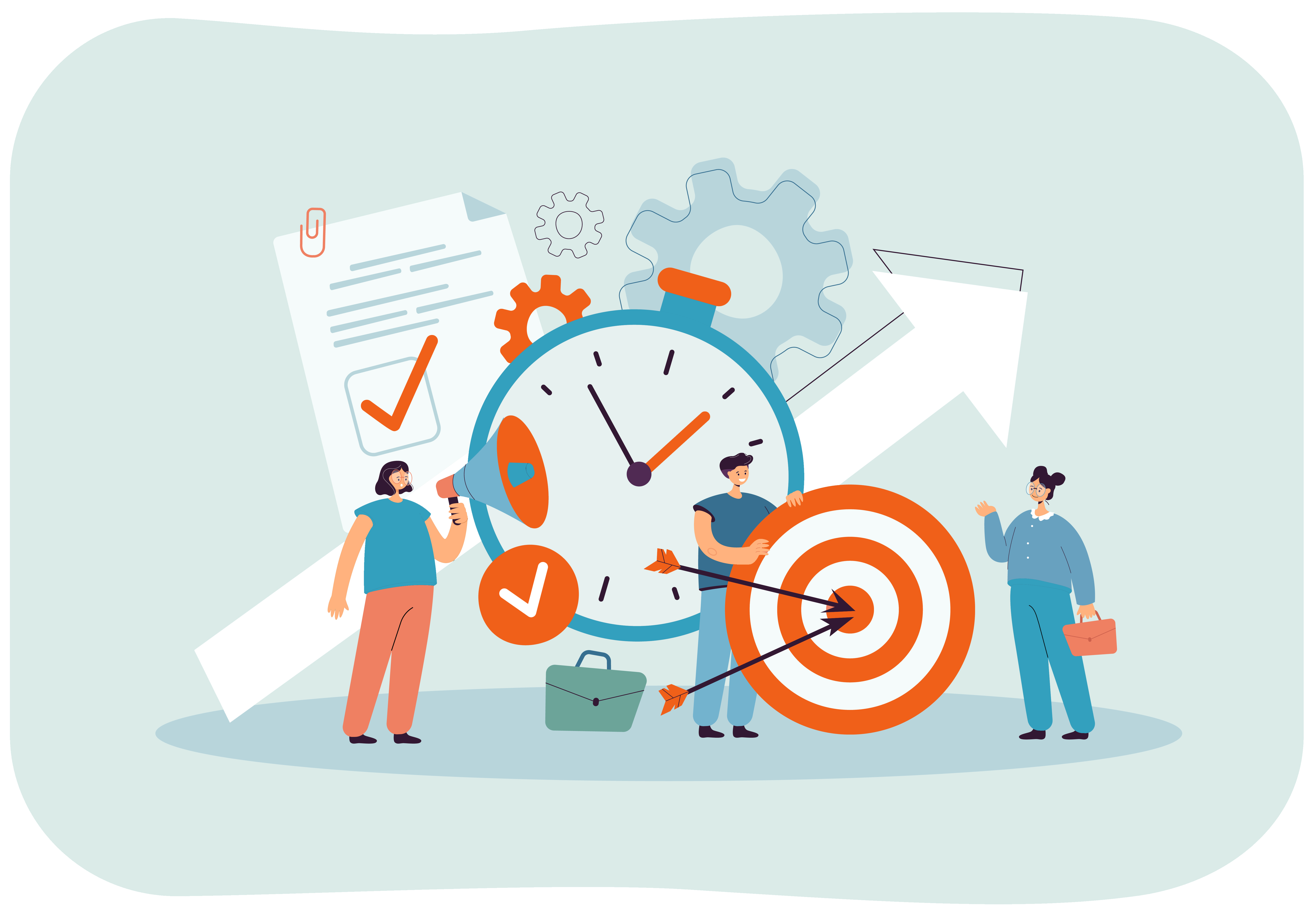
What is a SMART Factory and role AI , ML and IIOT to achieve it.
In today's manufacturing industry, the concept of the "smart factory" has become increasingly important. Smart factories leverage advanced technologies to improve operational efficiency, increase productivity, and reduce costs. The key to building a smart factory lies in the use of technologies such as Artificial Intelligence (AI), Machine Learning (ML), and Industrial Internet of Things (IIoT). In this article, we will explore the concept of the smart factory, the technologies that make it possible, and the benefits that can be achieved.
What is a Smart Factory?
A smart factory is a highly automated and connected factory that uses advanced technologies to streamline processes, reduce waste, and  improve overall productivity. A smart factory is often referred to as the fourth industrial revolution or Industry 4.0, as it represents a major shift in the way manufacturing is done.
improve overall productivity. A smart factory is often referred to as the fourth industrial revolution or Industry 4.0, as it represents a major shift in the way manufacturing is done.
In a smart factory, machines, products, and people are all connected, creating a seamless flow of information that can be used to optimize the manufacturing process. This connection is made possible through the use of IIoT devices, which collect and transmit data from machines, products, and other systems. This data is then analyzed using AI and ML algorithms to provide insights into the manufacturing process and identify areas for improvement.
The Role of AI, ML, and IIoT in Achieving a Smart Factory
AI and ML are critical components of a smart factory as they enable the automation of many processes and the analysis of vast amounts of data. AI and ML algorithms can identify patterns and trends in the data collected from IIoT devices, enabling manufacturers to make data-driven decisions that improve operational efficiency.
The use of IIoT devices is also a key component of a smart factory. These devices are connected to the internet and can collect data on a wide range of variables, including temperature, pressure , and vibration. This data is then transmitted to a central system, where it can be analyzed and used to optimize the manufacturing process.
, and vibration. This data is then transmitted to a central system, where it can be analyzed and used to optimize the manufacturing process.
One example of how AI, ML, and IIoT can be used to achieve a smart factory is predictive maintenance. In a traditional factory, machines are serviced based on a predetermined schedule. This approach can result in unnecessary maintenance, leading to downtime and increased costs. With IIoT devices, machines can be monitored in real-time, allowing for predictive maintenance. AI and ML algorithms can be used to analyze the data collected by the IIoT devices to identify patterns that may indicate a problem. This allows for maintenance to be performed only when necessary, reducing downtime and costs.
Another example of how AI, ML, and IIoT can be used to achieve a smart factory is quality control. In a traditional factory, quality control is often performed manually, leading to inconsistencies and errors. With IIoT devices, products can be monitored throughout the manufacturing process, allowing for real-time quality control. AI and ML algorithms can be used to analyze the data collected by the IIoT devices to identify potential quality issues before they become a problem.
Benefits of a Smart Factory
 The benefits of a smart factory are numerous. By leveraging advanced technologies such as AI, ML, and IIoT, manufacturers can improve operational efficiency, increase productivity, reduce costs, and improve quality control. Some of the key benefits of a smart factory include:
The benefits of a smart factory are numerous. By leveraging advanced technologies such as AI, ML, and IIoT, manufacturers can improve operational efficiency, increase productivity, reduce costs, and improve quality control. Some of the key benefits of a smart factory include:
- Increased Efficiency: A smart factory is highly automated, enabling manufacturers to produce more products in less time.
- Improved Productivity: With real-time monitoring and predictive maintenance, downtime can be minimized, leading to increased productivity.
- Reduced Costs: By eliminating unnecessary maintenance and reducing downtime, costs can be significantly reduced.
- Improved Quality Control: Real-time quality control and predictive maintenance can improve product quality,
Conclusion:
The SMART factory represents the future of manufacturing, and it is becoming increasingly important for organizations to incorporate new technologies and techniques to remain competitive. The integration of AI, ML, and IIOT in the manufacturing process can help businesses achieve increased efficiency, reduced downtime, improved quality, and lower costs.
However, to realize the full potential of these technologies, organizations must implement them strategically and with a clear vision of their goals. It is essential to partner with experienced vendors who can help guide the way and provide the necessary tools to make the most of the available technologies.
and with a clear vision of their goals. It is essential to partner with experienced vendors who can help guide the way and provide the necessary tools to make the most of the available technologies.
By leveraging the power of AI, ML, and IIOT, manufacturers can transform their operations into SMART factories, giving them a significant advantage in a highly competitive market. The path to digital transformation and industry 4.0 may seem daunting, but with the right partners and strategies, it can be a seamless transition to a brighter future.
Are youprepared to handle critical events? Signup for free
If you intersted to follow our blogs : Subscribe
